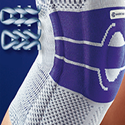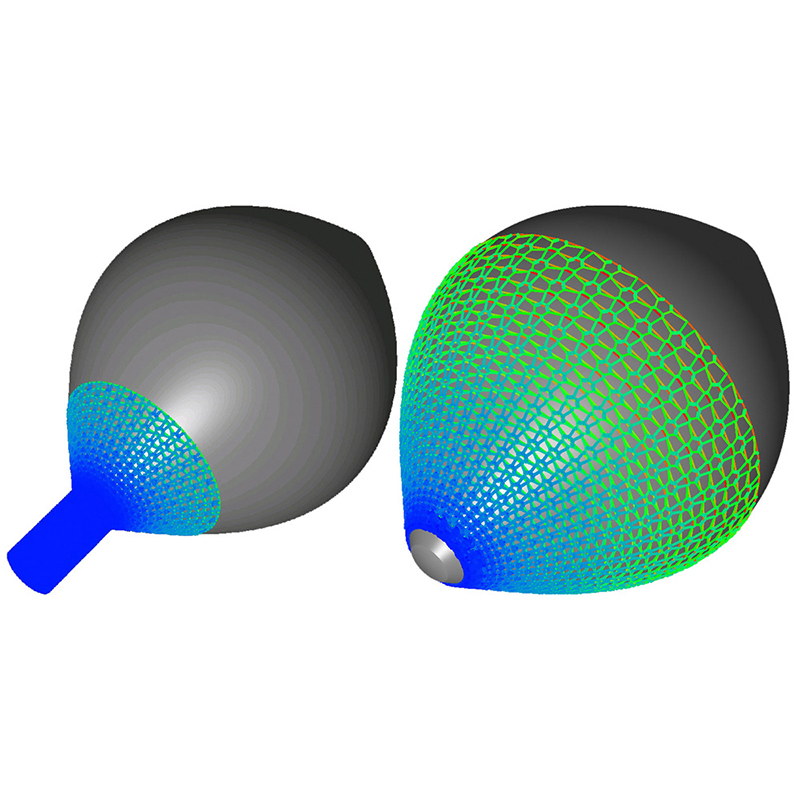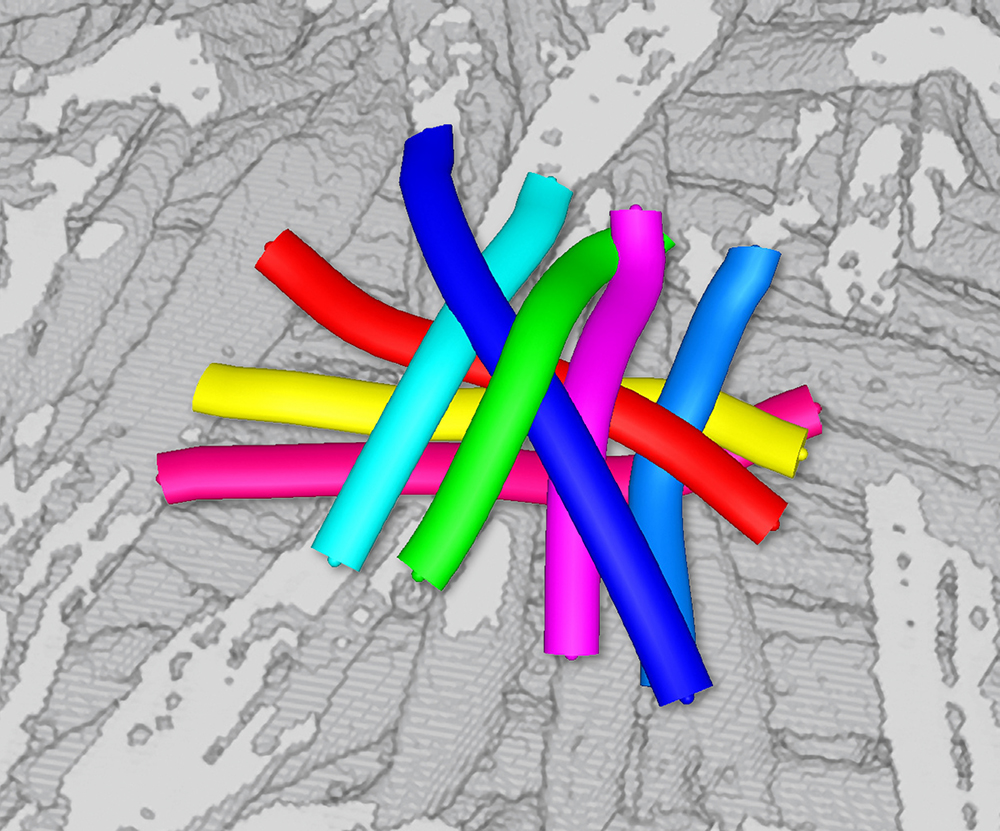Research News
Simulating technical textiles perfectly
Compression bandages, protective jackets and car seat covers have to meet various requirements. Simulations help to improve such technical textiles for their specific application. Fraunhofer researchers are analyzing structures and yarns as well as the contacts between the individual yarns.
The new T-shirt is nice and soft, it is comfortable to wear, and the fabric falls loosely. This usually meets the requirements in the field of fashion. The situation is different in the case of technical textiles. They have to meet different requirements. Compression bandages, for example, should put pressure on the human tissue, therefore the stretchability of the material has to be right. Materials for protective jackets need to have a certain bending stiffness: If something hits them, the material should protect the wearer and not yield. Textiles for car seats have to be durable, especially at the edges. Manufacturers of these products have two determining factors with which they can define the properties: the yarns, as well as the structure via which the individual yarns are interconnected – such as special weave patterns or mesh variations.
The mechanical properties of the yarns can be identified relatively easily: With a device into which they are clamped. It pulls the fiber and measures how much force is required to stretch it by a predetermined value. It is harder to comment on the properties of the fabric, though: The fabric has to be produced and then tested. However, this can naturally only be done with samples. It would be too costly to produce all conceivable designs with the various yarns.


Integrated simulation instead of samples
The Fraunhofer Institute for Industrial Mathematics ITWM in Kaiserslautern, Germany has developed a simpler and also more insightful method to improve the properties of textiles. »We simulate the behavior of the materials«, says Dr. Julia Orlik, scientist at the ITWM. »In that way, we are able to accurately predict which properties the fabrics have depending on the yarn and structure«. The benefits: With the simulation, the researchers can examine all of the conceivable variants of patterns and yarns and analyze which one is optimal for the desired application. All without having to produce the individual textiles. For the first time, they can even simulate the contact between the yarns. How well do the individual threads slide over each other? And how does this in turn affect the entire fabric?
A starting point for the simulation are the parameters that the scientists receive from the manufacturers. These relate mainly to the yarns. In terms of contact properties, the question is more difficult: Few manufacturers can determine these parameters. Therefore, the researchers take measurements from selected real pieces of fabric, comparing them to the simulations and adjusting the parameters until the results of the simulation and the experiment match.
The researchers do not only analyze individually selected structures; they also change them gradually. »Take the shape of a a single mesh, for example. It resembles a Greek letter Ω somewhat. Now, you can make this Ω longer and narrower, or shorter and wider. We change the mesh shape continuously and see what effect that has on the entire fabric,« says Orlik. »In short: We compute the best configuration«.
In addition, the researchers are investigating the yarns: How do the properties of the fabric change if, say, more stretchable yarn is used? The parameters are provided by the manufacturers. If a manufacturer has already decided upon a certain yarn, for example, the researchers look for the best structure for this yarn.
